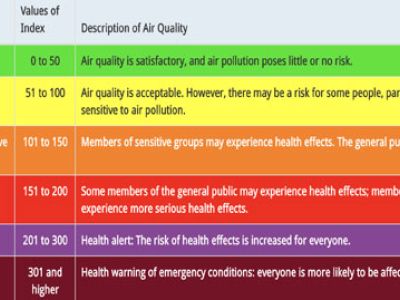Thomas Arnold, CSP, CUSP

Thomas Arnold, CSP, CUSP

Mitigating the Risk of Wildfire Smoke
Wildfires have become increasingly common in recent years, and many lineworkers have found themselves working around these fires – and their aftermath – as part of their jobs. Because of the hazards that wildfires present, it’s critical that these workers understand how to protect themselves. This month’s Tailgate Topic will address the hazard of wildfire […]
Using Checklists to Mitigate Error and Injury
Today’s utility crews are working in an increasingly complex and fast-paced environment. Utilities and their contractors have come under intense pressure to get work done quickly and to ensure that it is done without error or serious injury. With this increased pressure comes increased risk. So, how can we reduce the possibility of error on […]

Five Essentials of Successful Safety Programs
Recently my teammates and I were given the opportunity to evaluate the safety programs of a cross-section of contractors conducting potentially hazardous work for a large utility. It was our goal to help those contractors identify the vulnerabilities of their safety strategies and to help them become even more reliable partners to the utilities they […]

Optimizing Your Safety Observation Program
World-class organizations do not achieve sustained safety excellence without a process in place that identifies risk exposure well before an incident or injury occurs. Yet countless companies have established observation programs without measurable success. In the paragraphs that follow, my goal is twofold: to provide readers with a greater understanding of the importance of employing […]

Closing the Safety Gap
The safety gap is that dimly lit space between what is and what should be, between the expectations set forth by your safety program and the actual work practices that take place on your work sites. Within that gap lurks all that we hope to avoid. As safety managers, one of our primary objectives is […]

